9 Common Kitchen Habits That Waste Your Money

We all want to save money, but sometimes our everyday kitchen habits are quietly draining our wallets. From tossing food too early to keeping appliances plugged in unnecessarily, these seemingly small actions add up over time. By identifying and changing these wasteful habits, you could save hundreds of dollars each year without much effort.
1. Throwing Away Leftovers
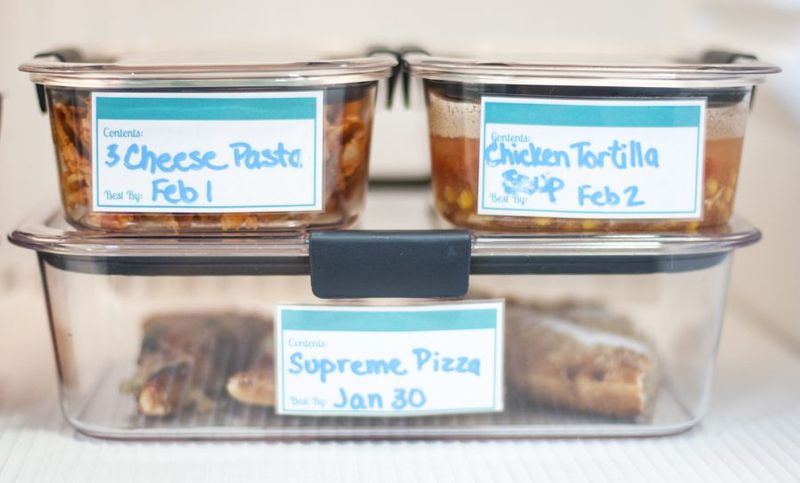
Americans toss nearly 40% of their food each year, costing a typical family of four about $1,500 annually. Perfectly good leftovers often end up in the trash simply because we forget about them or don’t plan to use them.
Creating a dedicated leftover shelf in your fridge and planning “leftover nights” can transform yesterday’s dinner into today’s money-saving meal. Label containers with dates to keep track of what needs to be eaten first.
Try transforming leftovers into new dishes – yesterday’s roasted chicken becomes today’s chicken salad or tomorrow’s soup base.
2. Running Half-Empty Dishwashers
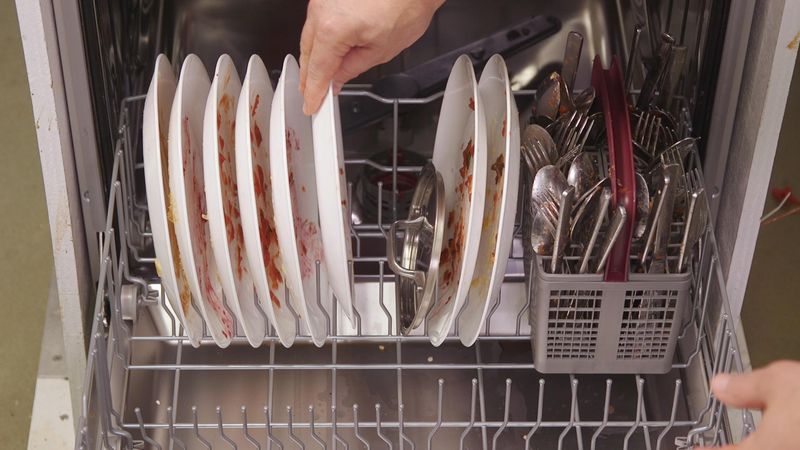
Every time you run your dishwasher before it’s full, you’re flushing money down the drain. Each cycle uses about 4-6 gallons of water plus the electricity needed to heat that water and power the machine.
Running your dishwasher only when it’s completely loaded can save up to $40 per year on utility bills. The trick is loading it efficiently – plates and bowls on the bottom rack, cups and glasses on top.
For households that don’t generate enough dishes for daily loads, consider washing small items by hand and saving the dishwasher for bigger meals.
3. Keeping Appliances Plugged In Constantly
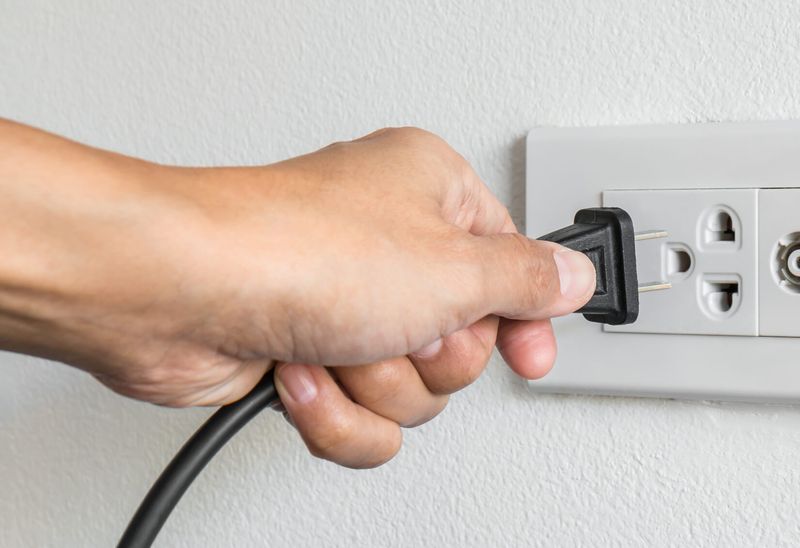
Those kitchen gadgets silently sip electricity even when they’re not in use. Coffee makers, toasters, microwaves, and blenders all draw “phantom power” while sitting idle, accounting for up to 10% of your electricity bill.
Unplugging small appliances or using power strips that can be switched off can save $100-200 annually. The biggest culprits are devices with digital displays, remote controls, or charging functions.
Consider which appliances you use daily versus occasionally. Your refrigerator stays plugged in, but do you really need that waffle maker connected 24/7 when you only use it on Sundays?
4. Buying Pre-Cut Fruits and Vegetables
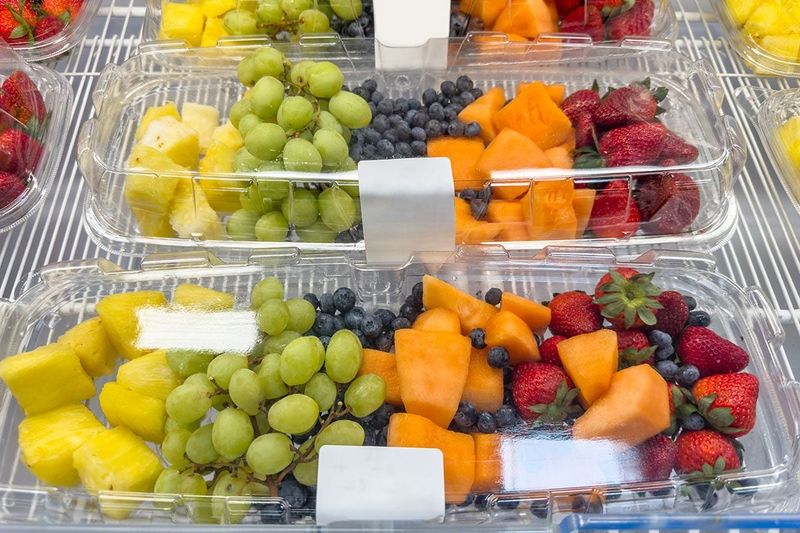
The convenience of pre-cut produce comes with a steep markup – often 40% more than buying whole fruits and vegetables. That container of cubed melon that costs $5 would be just $3 if you bought the whole fruit and spent two minutes cutting it yourself.
Setting aside 30 minutes once or twice weekly for prep can save a family of four about $520 annually. Wash, chop, and store produce in reusable containers right after shopping.
Bonus: Your fruits and vegetables will stay fresher longer when you cut them yourself just before use, reducing food waste and stretching your grocery dollars even further.
5. Overbuying Perishable Foods
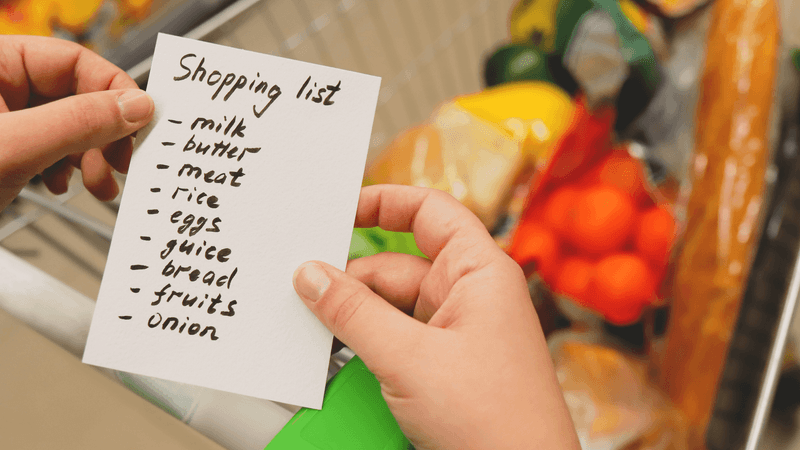
Grocery shopping without a plan often leads to a fridge full of spoiling food. The average American household wastes nearly $1,600 worth of produce yearly by buying more than they can consume before it spoils.
Creating a meal plan before shopping and buying only what you need for specific recipes dramatically reduces waste. For items with short shelf lives like berries and leafy greens, purchase smaller quantities more frequently.
Learn proper storage techniques for different items – some fruits emit ethylene gas that speeds ripening of nearby produce. Separating these items can extend freshness by days or even weeks.
6. Using Paper Towels for Everything

The average family spends over $150 annually on paper towels – an expense that literally gets thrown away. Beyond the financial cost, this habit creates unnecessary waste that fills landfills.
Switching to reusable cloth towels and napkins for most kitchen tasks can cut this expense by 80%. Keep a small collection of microfiber cloths for cleaning, cloth napkins for meals, and perhaps a few Swedish dishcloths that can replace up to 17 rolls of paper towels each.
Reserve paper towels for truly messy situations like draining bacon or cleaning up raw meat juices where sanitization is crucial.
7. Ignoring Freezer Potential
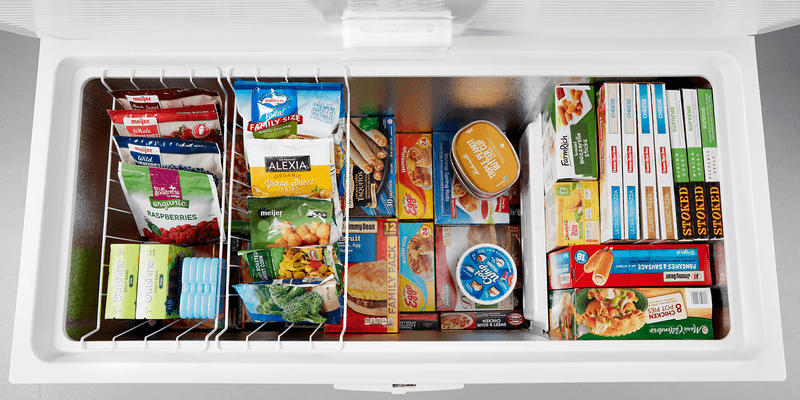
Your freezer is an underutilized money-saving tool. Many households waste food and money by not freezing items before they spoil or by forgetting what’s already in there.
Bread, milk, cheese, fresh herbs, and even eggs can be frozen to extend their life. Batch cooking and freezing portions saves both time and money. A well-organized freezer with clearly labeled containers and a running inventory list prevents food from becoming freezer-burned mystery packages.
Don’t overlook freezing unexpected items like wine for cooking, overripe bananas for smoothies, or vegetable scraps for homemade stock – all turning potential waste into future ingredients.
8. Buying Single-Purpose Kitchen Gadgets

That avocado slicer, egg separator, or banana holder might seem clever in the store, but specialized gadgets often end up collecting dust while emptying your wallet. The average kitchen contains $300-500 worth of rarely used single-purpose tools.
Focus instead on versatile tools that serve multiple functions. A good chef’s knife can replace numerous slicing gadgets. A stand mixer with attachments can be a food processor, pasta maker, and more.
Before buying any new kitchen item, ask yourself if you’ll use it at least monthly and whether something you already own could do the job. Your kitchen drawers and bank account will thank you.
9. Refrigerating Foods That Don’t Need It
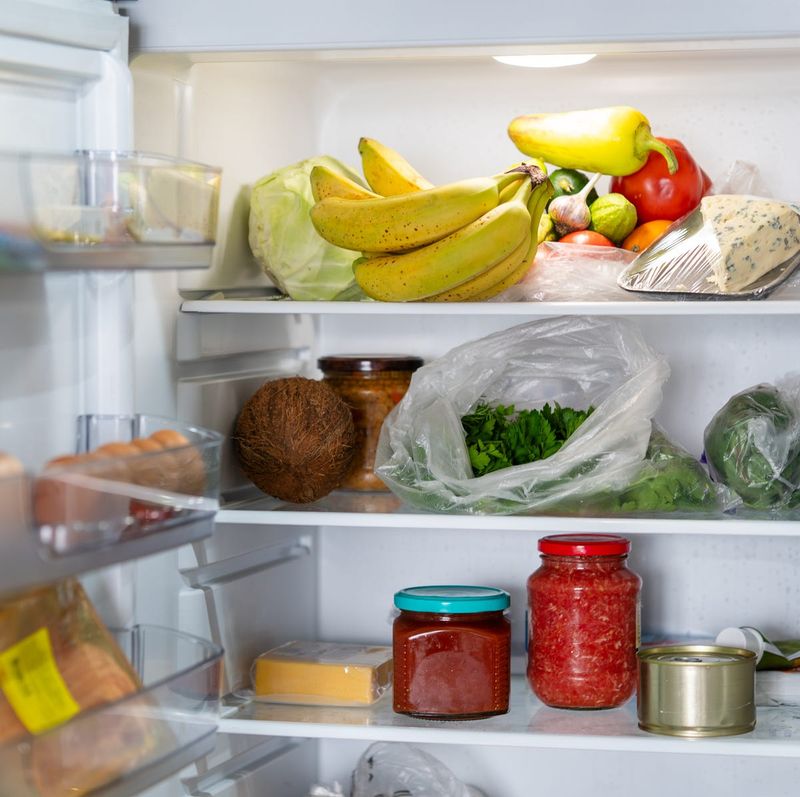
Stuffing everything into the refrigerator wastes electricity and can actually ruin certain foods. Tomatoes lose flavor and develop mealy texture when chilled. Potatoes convert starch to sugar in cold temperatures, affecting cooking quality.
Other items like onions, garlic, winter squashes, bread, and many fruits ripen better and last longer at room temperature. By storing foods properly, you’ll save on electricity while enjoying better-tasting ingredients.
Creating designated storage zones in your kitchen – cool, dark cabinets for some items, countertop baskets for others – optimizes food quality and extends shelf life without wasting energy cooling items that don’t benefit from refrigeration.

Comments
Loading…